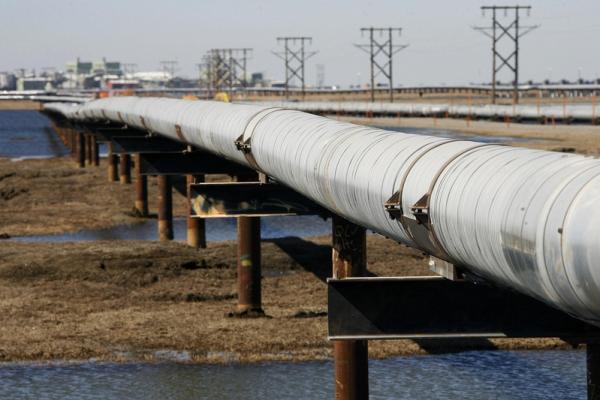OTTAWA - Recent data from Statistics Canada indicates a significant decrease in the prices of Canadian manufactured goods and raw materials in October, primarily driven by lower crude oil costs. The producer-price index fell by 1.0% from September, marking a year-over-year decline of 2.7%. This downward trend highlights the impact of fluctuating commodity prices on the country's manufacturing sector.
The report detailed specific areas where price reductions were most pronounced. Energy and petroleum products experienced a notable decline, with prices dropping by 5.7%. Motor gasoline prices contributed significantly to this decrease. When energy products were excluded, producer prices still saw a reduction, albeit a smaller one at 0.3%. This suggests that the broader manufacturing sector is also facing downward price pressures beyond the volatile energy segment.
Softwood lumber prices saw their steepest monthly fall since March, plunging by 6.4%. This drop is closely tied to the real estate market, which has been cooling due to high-interest rates. The construction industry often serves as a barometer for broader economic trends, and this substantial decline could signal wider challenges ahead.
Moreover, metal ores and concentrates did not escape the downward trend, with nickel ores and concentrates experiencing significant price drops. Additionally, hog prices continued their decline for the second month in a row.
Economic analysts attribute these trends to the aggressive rate hikes previously implemented by the Bank of Canada. These measures were intended to temper inflation but have also led to reduced economic activity. As a result, there is an expectation of prolonged economic softness into the coming year, with tepid forecasts casting a shadow over near-term economic prospects.
These developments are crucial for stakeholders across various sectors of the Canadian economy, including manufacturing, real estate, and commodities trading. As businesses navigate these changes, the data serves as an essential gauge of current market conditions and potential future trends.
This article was generated with the support of AI and reviewed by an editor. For more information see our T&C.
